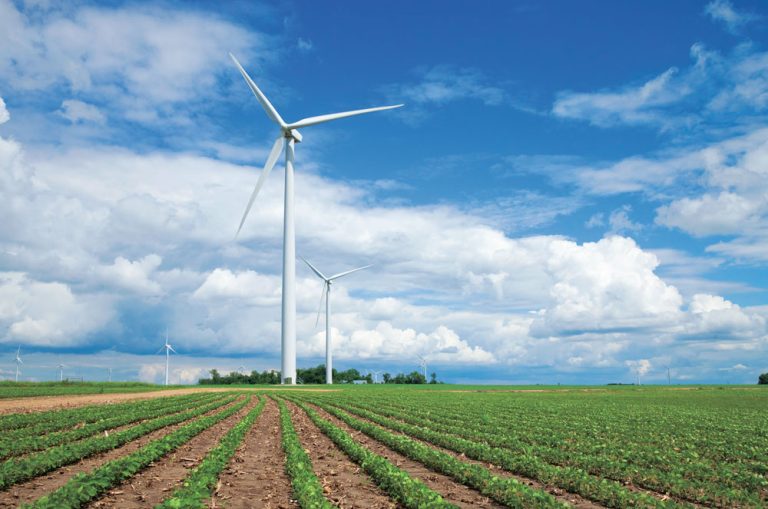Agricultural Business Feeds Minnesota’s Economic Bottom Line
Agriculture and food production is a major staple of the Minnesota economy

Minnesota’s early economy was built on fur trading and farming, with flour being an early commodity. While the state has grown into a tech and research hub, the business of producing goods from fertile Minnesota land continues to help anchor the state’s booming economy.
Economic Mainstay
Minnesota’s agricultural production and processing industry entails $57.5 billion in sales more than 147,000 jobs overall. The food production industry has more than 46,000 workers, making it the largest manufacturing segment in the state by total workers. Minnesota companies also sent nearly $6.2 billion in food exports in 2015, according to the Minnesota Department of Agriculture. Cargill, the largest privately held company in the U.S., calls Minnesota home.
“Our location in Minnesota means that we are closely connected to the Cargill Product groups that supply a broad portfolio of ingredients to North American food service and consumer package goods customers,” says John Sweeney, director of research and development shared capabilities for Cargill North America. Cargill has invested in projects like the Food Innovation Center in Minneapolis, which collaborates with customers by improving nutritional profiles of products, solving complex formulation challenges, mitigating price risk and optimizing costs.
Why Business in Minnesota Creates Opportunities
“A number of these key customers are based in Minnesota, so the location is very efficient and conducive to close collaboration,” Sweeney says.
Cargill also operates its Minneapolis Research and Development Center, a $25 million, 100,000-square-foot facility featuring molecular biology labs, advanced analytical and materials research laboratories, test kitchens and a pilot production plant. The center is home to about 200 scientists working on a wide range of projects from improving food safety to developing new food ingredients that meet consumer needs.
The R&D Center is part of a global network of Cargill innovation centers and R&D scientists that collaborate to deliver innovative solutions to the markets the company serves, including items like Truvia tabletop sweeteners and nectars to new fry oils, beauty products and toiletries.
New Producers
A growing number of international companies are hungry for a presence in the state. Kraft Heinz and ingredient company Kerry both have moved major operations into the state. Domestic food producers like Post have come too it relocated its headquarters from New Jersey after acquiring MOM Brands in 2015.
Innovative companies are making inroads into the state’s agriculture and food industry. Conservis, a Minneapolis company, developed cloud-based software that provides growers, managers and ag investors comprehensive solutions to create operational plans and manage production activities. Ralco Agriculture selected Minnesota as a location for the first trū® Shrimp Systems Co. production facility, expected to be a $50 million investment.
How Minnesota Became the R&D Powerhouse
A shrimp hatchery is planned in Marshall in 2018. Ryan Wendland, director of marketing communications, says Ralco finds Minnesota to be an ideal location for new products.
“Global companies can find a very well educated and dedicated workforce here,” he says. “We have an outstanding education system, medical facilities and an environment that is attractive to large companies.”
A culture of innovation and availability of an educated workforce are huge contributors to the state’s food business. So is the location – the same advantage that those early fur traders and flour producers enjoyed. “People ask us why we are raising shrimp in Minnesota, and the answer is because the feed is here,” Wendland says. “We are creating a safe and clean ocean environment for shrimp in the middle of their food source. Economically and environmentally it makes much more sense to raise shrimp near their food source than to ship feed to shrimp raised in coastal ponds thousands of miles from the U.S. market.”
